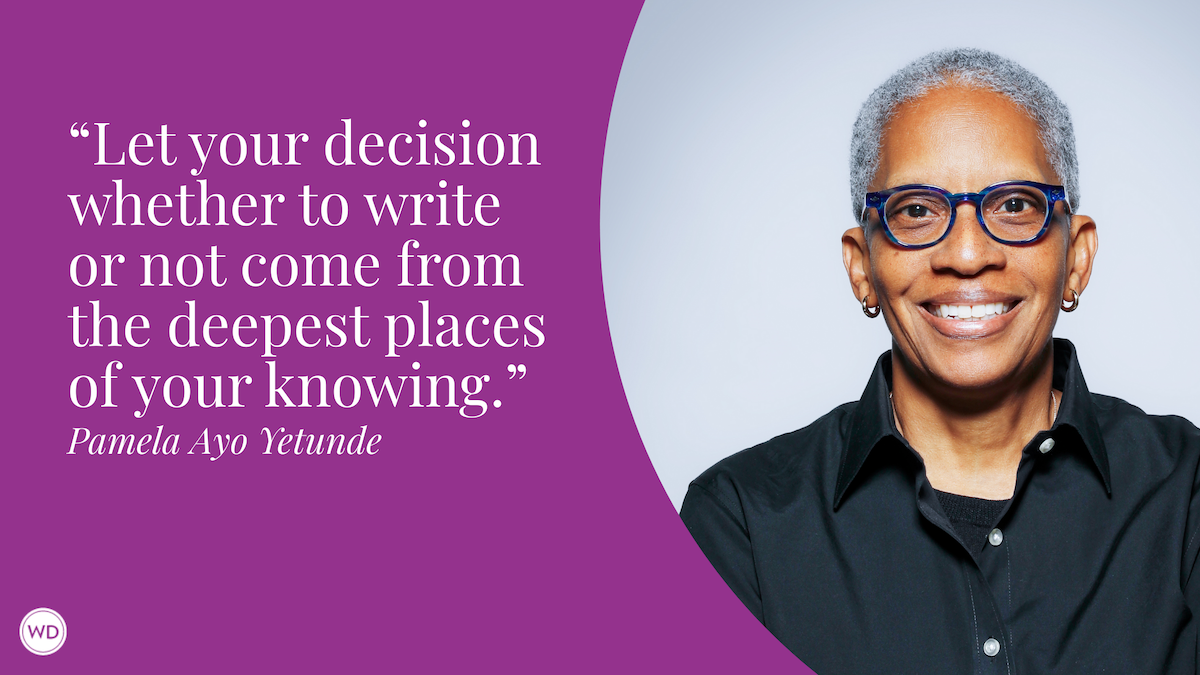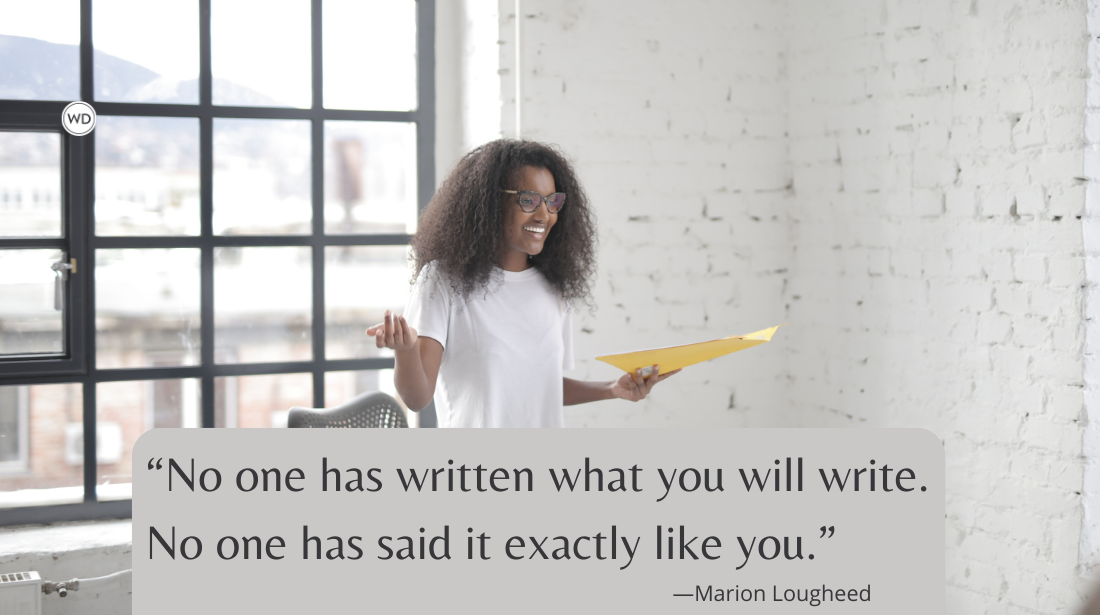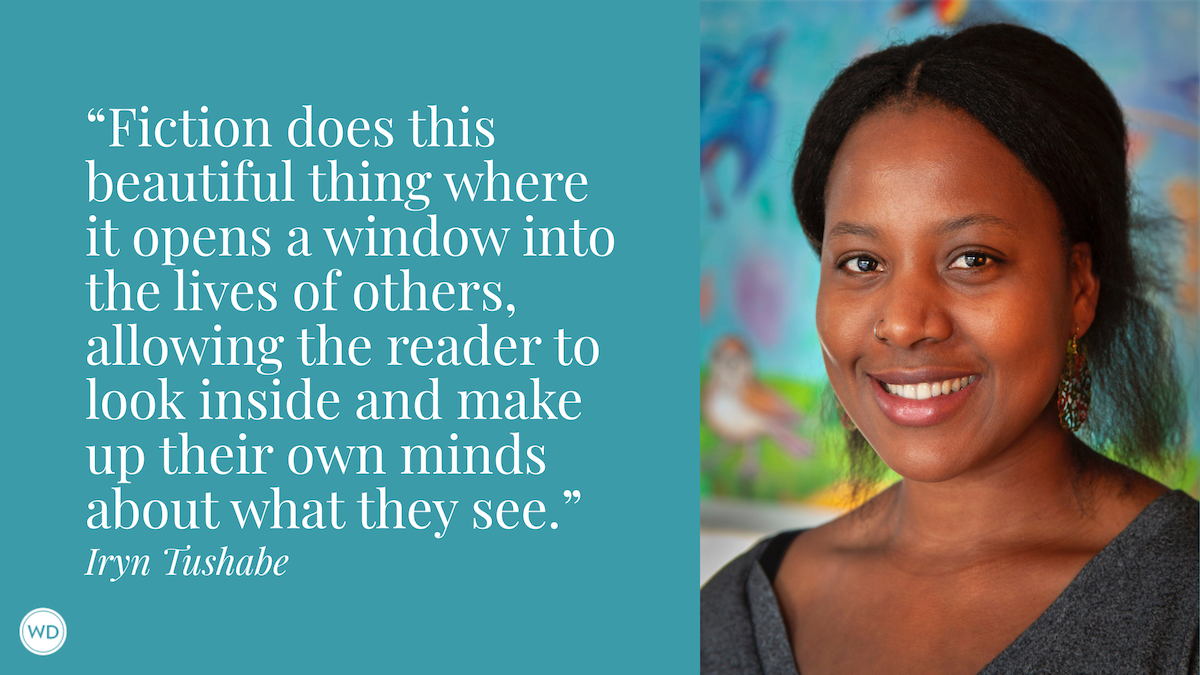5 Ways to Turn Down the Volume to Hear Your Own Voice
Comedian and syndicated cartoonist Jason Chatfield shares five specific ways to turn down the volume in your life to hear your own unique voice as a writer and creative.
“You can’t really hear yourself until you’re able to turn down the volume on everyone else.” —Cal Newport
There’s something to be said for immersing yourself in the marketplace of ideas and being exposed to what your contemporaries are doing. There is, however, a very real danger that in doing so, you become the kind of creative individual that does more on-looking than creating.
This is a concept I’ve returned to again and again after various bouts of dipping my toe into the soggy morass of social media. I’ve never quite felt at ease using any free products wherein, due to their very free-ness, I become the product, and give away small chunks of my soul in the process.
The ability to yank yourself out of the endless slip-stream of “content” and quietly explore your own ideas is one that should be cultivated above all else. That is, unless, you like the idea of mimicking everyone around you by osmosis and wondering why nobody is noticing your work.
As Cal Newport, author of Deep Work succinctly puts it,
“…we’re constantly connected to a humming online hive mind of takes and urgency and quantified influence. I’ve lost count of the number of times I’ve been told I was missing out because of my absence from this scrum. I needed to ‘build my brand,’ or be exposed to more interesting people and important ideas, or plugged into the tick-tock of the big events of the day.”
Technologist Jaron Lanier also discusses this phenomenon in his long, seething essay on the modern music industry being devoid of imagination, courage, faith, or vitality. It is the result of everyone listening to, and echoing each other in the creative marketplace which has become a dearth of memorable, generation-defining art. In its place lies the scattered miasma of sonic copycats that become indistinguishable from one another. The dreaded “prevailing compositional fashions” loom to stifle innovation. You can see this same pattern in the writing of streaming series, hit singles, and superhero films that are tailored to an algorithm to ensure investor satisfaction and maximum virality.
Artists only languish when their primary drive is to merely strive to keep up with what their peers are doing. If they are only exposed to the contemporary trends of their art form, their ideas will reflect that limitation. But, this isn’t a new problem. As long as art has been created, it has been mimicked and iterated on to the detriment of true originality.
For example, in 1801, Ludwig van Beethoven was lamenting the fact that he was slowly going deaf. By 1800, his hearing was in full decline. He was 30 years old. Over the following years, he had to accept that there was no hope of remission and would have to live the rest of his life without the ability to properly hear a musical note. He told people that without sound, his life would be meaningless. But what happened as a result changed the world and holds a lesson for us more than two centuries later.
By Age 46, Beethoven’s deafness was complete, so music only existed in his imagination. During that period, Beethoven was unable to hear the popular compositions of the day. Across the decades, while others were busy replicating each other with slight variations on the same themes, Beethoven was in his own mind, writing the music that he alone wanted to write. This ability to work in a creative silo culminated in his greatest work: his famous Ninth Symphony, which would define his unique style, change music permanently, and make him one of the greatest composers of all time.
With that in mind, here are five of my best pieces of advice for turning down the volume to hear your own unique voice:
1. Become Comfortable With Silence.
Becoming comfortable with silence is one of the hardest skills to cultivate in the modern world, but it is the most important. It’s made even harder with a seemingly infinite amount of ways to disturb the silence. We’ve become so used to cramming “content” into our audio and visual senses at all waking moments that we’ve lost the capacity to just be.
Be honest with yourself; can you remember the last time you left your house without your earbuds? Or got in your car without turning on the radio or a podcast, an audiobook, music, or something else to fill the dead air?
It can be tempting during quiet moments to simply play some soft background music, or some white noise, or even a loop of a crackling fireplace or some rain, but it is essential that your mind benefits from the absence of any sound whatsoever.
Silence can become your best weapon against everything from creative challenges to procrastination. Like negative space in a room creates balance from clutter, silence in your mind creates a similar balance. A 2013 study published in the journal Brain, Structure and Function has discovered that silence may even help us to grow new brain cells in the hippocampus.
Bonus points: Meditation is a good skill to master if you are avoiding silence because of your own intrusive thoughts.
Check out Jason Chatfield's You're Not a Real Parent Until... here:
(WD uses affiliate links.)
2. Deactivate Your Social Media.
We’ve lost much of our ability to examine our own thoughts, ideas, and opinions—to cultivate our own unique voice in the world. Most of the time, our opinions are just a simulacrum of those we’ve heard online, on every topic from immigration law to Taylor Swift. Here’s the truth: You don’t need to have an opinion on everything, even if the social media slipstream insists you do. Doing this is diverting your creative energy away from the things that would actually bear original artistic fruit.
If you have the ability to do so, I would highly recommend the practice of taking yourself as far from the aforementioned slipstream as you can: Deactivate all social media, remove the apps from your phone, and disable all notifications. Remove your default browser if it means you won’t be tempted to check social media in your browser app. If need be, you can reactivate them and showcase your work when you finally have something unique and original to share.
Think people will panic and wonder where you went if you stop posting to Instagram? I’m going to tell you a very upsetting truth that I and many others have discovered: Most of them won’t even notice. Try it for one month and tell me I’m wrong.
3. Clear Your Calendar.
Learning to say “No” to every invitation is a skill that needs to be learned like anything else. A “No” after saying “Yes” is even harder to master, but I guarantee you it will be of great value if you want to dig down and do the work needed to cultivate your most authentic work. As James Clear writes in his book, Atomic Habits, “No is a decision: Yes is a responsibility.”
In the same way that rest days are important for physical training, deliberately building in time to turn down the volume on the rest of the world is essential if you want to be able to cultivate your own distinct voice. By maintaining routine blocks of protected solitude, the world’s greatest artists have produced their most innovative creative work, pushing their medium forward into previously unexplored terrain. There’s absolutely no good reason for you not to do the same.
4. Get Away From It All.
Some of the most satisfying, deep and original creative work I’ve managed to accomplish as an artist has been during times of great isolation—picking up from the city and driving off to a tiny cabin in the woods with an empty sketchbook, a french press, and a bottle of scotch. (OK, and my dog.)
The absence of constant input is like wearing noise-canceling headphones 24/7 (without the batteries running out).
5. Bring Only What Is Necessary.
You’re going to be tempted to listen to something or read something if you bring novelties to fill the silence. Instead, bring only what is necessary to do your work. Nothing else. Limitation breeds extraordinary clarity and creativity. Turning down the volume includes not reading and looking at other artists’ work in print.
Try these tips today, and tell me they don’t make a massive difference to your creative output over the coming months.
Jason Chatfield is an Australian cartoonist and comedian based in New York. He is Australia's most widely-syndicated cartoonist, producing the iconic comic strip Ginger Meggs which is syndicated daily in over 30 countries through Andrews McMeel Syndication. Ginger Meggs has been running since 1921, making it one of the longest-running comic strips in history, celebrating its 100th anniversary in 2021. He is the portrait illustrator for Waking Up, the award-winning meditation app created by Sam Harris. Chatfield is the current President of the National Cartoonists' Society (Est. 1946) and is a past President of the Australian Cartoonists Association (Est. 1924). His cartoons appear regularly in The New Yorker, Wired, Esquire, Airmail, Variety and MAD Magazine along with other international publications. His art has been exhibited in France, the UK, Australia, and all over the United States. His illustration work has been published through HarperCollins, Penguin Random House, Humorist Books and Scribe Media.








